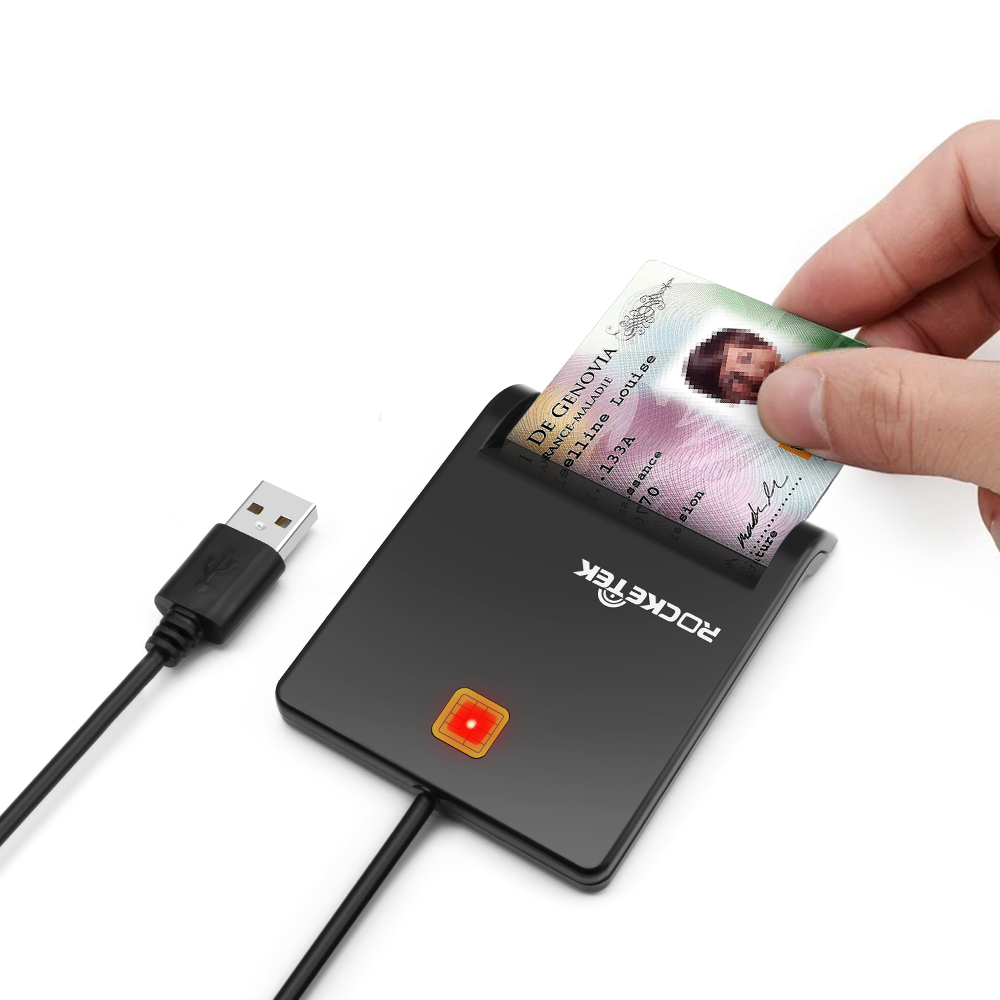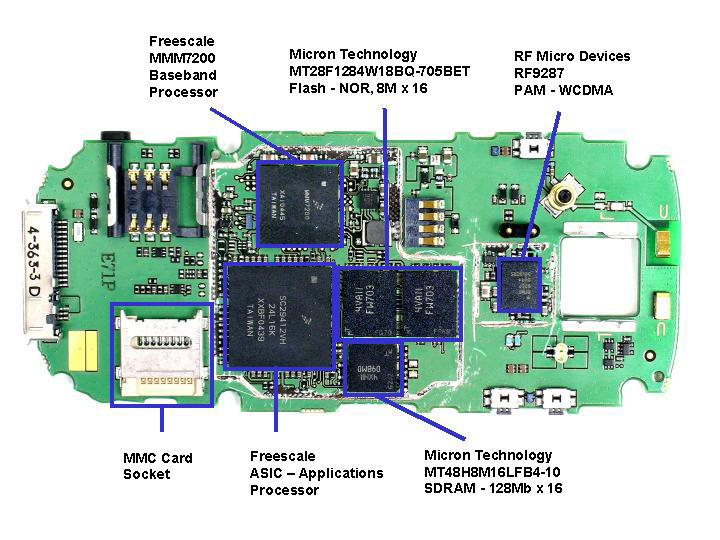


Connect the cell phone to the computer with USB data cable. Vorago laptops & desktops driver download. (Click on File Transfer or Photo Transfer, and turn on HDB.) Open HDB Open HiSuite on your phone,enter the displayed eight-digit verification code into the verification code input box on the computer, and click the 'Connect Now' button. CCID Driver for OMNIKEY readers: 1021, 3021, 3121 USB Card Reader, 5022, 5023, 5122, 5422, 5x25, 5127 CK Mini, 5427 CK, 6121. Architectures: x64, x86 OS's: Windows 10 (32- and 64-bit) Windows 8.1 (32- and 64-bit) Windows 7 (32- and 64-bit) Windows Vista (32- and 64-bit) Windows Server 2019 Windows Server 2016 Windows Server 2012 Windows Server.
CCID (chip card interface device) protocol is a USB protocol that allows a smartcard to be connected to a computer via a card reader using a standard USB interface, without the need for each manufacturer of smartcards to provide its own reader or protocol.[1] This allows the smartcard to be used as a security token for authentication and data encryption, such as that used in BitLocker. Chip card interface devices come in a variety of forms. The smallest CCID form is a standard USB dongle and may contain a SIM card or Secure Digital card inside the USB dongle.[citation needed] Another popular interface is a USB smart card reader keyboard, which in addition to being a standard USB keyboard, has an built-in slot for accepting a smartcard.
Install Usb Driver
Hardware implementation[edit]
Open Usb Device
According to the CCID specification by the USB standards work group, a CCID exchanges information through a host computer over USB by using a CCID message that consists of a 10-byte header followed by message-specific data.[2] The standard defines fourteen commands that the host computer can use to send data and status and control information in messages. Every command requires at least one response message from the CCID.[3]
Software driver[edit]
CCID driver support has been natively supported by Microsoft beginning with Windows 2000.[4]Apple has included some form of native CCID support since Mac OS X, with support evolving alongside Common Access Card and Personal Identity Verification specifications set by the US Federal Government.[5][6] On Linux and other Unixes, CCID and CT-API devices are usually accessed with user-space drivers, for which no special kernel adaptation is required.[7]
List of CCID providers[edit]
References[edit]
- ^US patent 7748636, Finn, David, 'Portable identity card reader system for physical and logical access', published Jul 6, 2010, assigned to Dpd Patent Trust Ltd.
- ^'Specification for Integrated Circuit(s) Cards Interface Devices Revision 1.1'. usb.org. USB Implementers Forum, Inc. p. 25. Retrieved January 26, 2015.
- ^USB Complete: Everything you need to develop custom USB peripherals, Jan Axelson, 2005, page 189
- ^'Microsoft Class Drivers for USB CCID Smart Cards'. Microsoft Developer Network. Microsoft. Retrieved January 26, 2015.
- ^'Jamf Pro Overview—macOS Smart card Functionality'(PDF). Jamf. 2018. p. 7. Archived(PDF) from the original on 2020-11-26. Retrieved 2020-11-26.
- ^'Intro to smart card integration'. Apple Support. Apple. Archived from the original on 2020-11-26. Retrieved 2020-11-26.
- ^'CCID free software driver'. Retrieved June 22, 2018.

This section provides installation information that is specific to smart card reader drivers for Microsoft Windows.
Vendors that supply their own reader drivers should make each driver a member of the SmartCardReader setup class in the INF Version Section of the driver's INF file. Vendors must also add a section to properly configure the smartcard services. For example:

Connect the cell phone to the computer with USB data cable. Vorago laptops & desktops driver download. (Click on File Transfer or Photo Transfer, and turn on HDB.) Open HDB Open HiSuite on your phone,enter the displayed eight-digit verification code into the verification code input box on the computer, and click the 'Connect Now' button. CCID Driver for OMNIKEY readers: 1021, 3021, 3121 USB Card Reader, 5022, 5023, 5122, 5422, 5x25, 5127 CK Mini, 5427 CK, 6121. Architectures: x64, x86 OS's: Windows 10 (32- and 64-bit) Windows 8.1 (32- and 64-bit) Windows 7 (32- and 64-bit) Windows Vista (32- and 64-bit) Windows Server 2019 Windows Server 2016 Windows Server 2012 Windows Server.
CCID (chip card interface device) protocol is a USB protocol that allows a smartcard to be connected to a computer via a card reader using a standard USB interface, without the need for each manufacturer of smartcards to provide its own reader or protocol.[1] This allows the smartcard to be used as a security token for authentication and data encryption, such as that used in BitLocker. Chip card interface devices come in a variety of forms. The smallest CCID form is a standard USB dongle and may contain a SIM card or Secure Digital card inside the USB dongle.[citation needed] Another popular interface is a USB smart card reader keyboard, which in addition to being a standard USB keyboard, has an built-in slot for accepting a smartcard.
Install Usb Driver
Hardware implementation[edit]
Open Usb Device
According to the CCID specification by the USB standards work group, a CCID exchanges information through a host computer over USB by using a CCID message that consists of a 10-byte header followed by message-specific data.[2] The standard defines fourteen commands that the host computer can use to send data and status and control information in messages. Every command requires at least one response message from the CCID.[3]
Software driver[edit]
CCID driver support has been natively supported by Microsoft beginning with Windows 2000.[4]Apple has included some form of native CCID support since Mac OS X, with support evolving alongside Common Access Card and Personal Identity Verification specifications set by the US Federal Government.[5][6] On Linux and other Unixes, CCID and CT-API devices are usually accessed with user-space drivers, for which no special kernel adaptation is required.[7]
List of CCID providers[edit]
References[edit]
- ^US patent 7748636, Finn, David, 'Portable identity card reader system for physical and logical access', published Jul 6, 2010, assigned to Dpd Patent Trust Ltd.
- ^'Specification for Integrated Circuit(s) Cards Interface Devices Revision 1.1'. usb.org. USB Implementers Forum, Inc. p. 25. Retrieved January 26, 2015.
- ^USB Complete: Everything you need to develop custom USB peripherals, Jan Axelson, 2005, page 189
- ^'Microsoft Class Drivers for USB CCID Smart Cards'. Microsoft Developer Network. Microsoft. Retrieved January 26, 2015.
- ^'Jamf Pro Overview—macOS Smart card Functionality'(PDF). Jamf. 2018. p. 7. Archived(PDF) from the original on 2020-11-26. Retrieved 2020-11-26.
- ^'Intro to smart card integration'. Apple Support. Apple. Archived from the original on 2020-11-26. Retrieved 2020-11-26.
- ^'CCID free software driver'. Retrieved June 22, 2018.
This section provides installation information that is specific to smart card reader drivers for Microsoft Windows.
Vendors that supply their own reader drivers should make each driver a member of the SmartCardReader setup class in the INF Version Section of the driver's INF file. Vendors must also add a section to properly configure the smartcard services. For example:
Vendors that supply their own UMDF reader driver need a registry setting to allow PnP filter drivers to sit on top of the UMDF reflector. Specifically, in the driver INF file, this entry is needed:
There are no other special requirements that are associated with installing smart card reader drivers.
Drivers Usb Smart Chip Device Updater
For general information about device installation in Windows, see Device Installation Overview.

